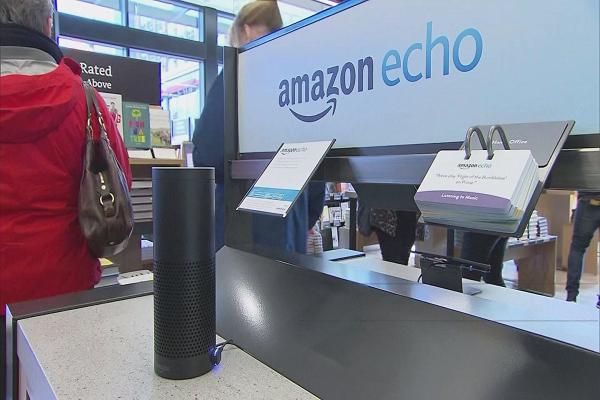The familiar voice of Amazon’s digital assistant on Echo and other devices, Alexa, may soon be heard encouraging you to buy one product over another. Apparently, Amazon is in talks with Procter & Gamble and Clorox for voice ads on Alexa-powered devices.
There’s been very little in the way of monetization attempts with voice-operated gadgetry in the past. After all, the tech itself is relatively new.
And it’s not surprising that Amazon is the first mover in this space rather than Google, which has both the consumer reach and artificial intelligence chops that every other tech company in the world envies, including the Jeff Bezos juggernaut.
Why is that not surprising? Because Google is already in hot water with the EU and US regulatory authorities over its ad practices. Adding voice ads to that mix might just complicate things a lot more than Alphabet wants.
That’s the handicap Amazon is using to its advantage.
But voice advertising might not be as easy to pull off as text, imagery or video. With the latter three, you give the consumer the important option of scrolling past, clicking away, skipping after a few seconds and so on. That’s not possible with voice: either voice ads are activated or they’re not. Presumably, Amazon will have some deep-seated, hard-to-find setting in its Alexa app to be able to turn off voice ads once they start the program, or else they risk facing consumer backlash from forcing advertising down people’s ears.
But there are also other challenges, such as making the ad actionable. How will that work? Will the user simply say, “Ok Alexa, buy that for me” after the ad is done? How do they choose the right size or flavor or whatever? Advertising experts agree that the shorter the time between ad exposure and the purchase decision, the better. But how do you get an Echo user to buy the product right away, before they forget what they heard?
One way could be to have a pre-programmed voice command, also known as an “Alexa skill” to order a specific quantity or variant of the product after the ad has finished playing. Another is to give the consumer the option of adding an item to their shopping list as soon as the ad is over.
Another challenge with voice advertising using Alexa might be how frequently these ads are served. Will it only be when Alexa is being asked a question and a response is being processed? Are the ads going to randomly start playing when the Echo senses a human presence in the room? Or in between songs when a playlist is being played?
It’s clear that there are a lot of grey areas for voice advertising, simply because Alexa is a new medium, and smart speakers are a new platform for advertising.
Amazon might be taking the first step by entering into talks with product makers, but it’s going to be a long and hard process that needs some serious thought before being put into action. Otherwise it could have severe repercussions from irate consumers.
+++ + +++



